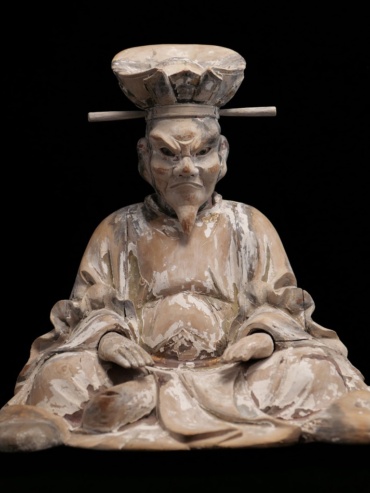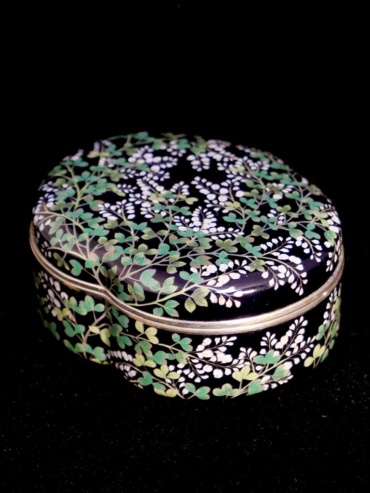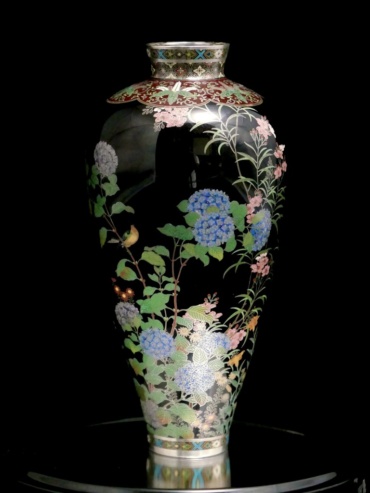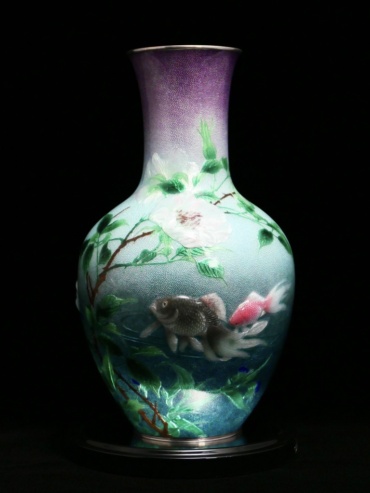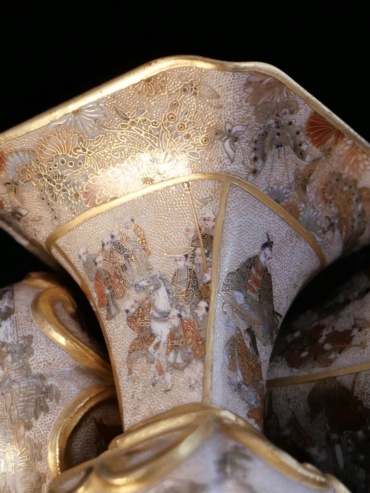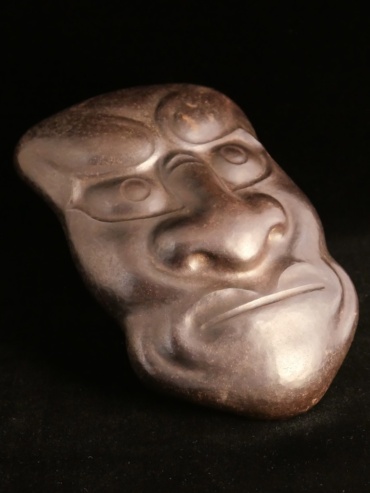Shop
Showing 25–36 of 39 results
-
Enma is the king of Hell in Japanese-Buddhist myth, the judge of dead souls. He is the Japanese version of Yama, the king of hell found in sects of Buddhism across East Asia; Enma mostly derives from the Chinese-Buddhist Yánluó, who in turn is based on the Hindu (Vedic) god of death, also called Yama.
-
Kinkouzan was the son of the sixth Sobei and inherited the family headship in 1884. He worked to expand the market for overseas exports that his father had promoted, added improvements to the Kyo-Satsuma techniques that his father had created, and was also successful in gold and silver glazing. He exhibited his Kyo-Satsuma ware at the World’s Chicago Columbian Exposition in 1893 and his art nouveau-style works at the fifth National Industrial Fair in 1903.
-
Kinkouzan was the son of the sixth Sobei and inherited the family headship in 1884. He worked to expand the market for overseas exports that his father had promoted, added improvements to the Kyo-Satsuma techniques that his father had created, and was also successful in gold and silver glazing. He exhibited his Kyo-Satsuma ware at the World’s Chicago Columbian Exposition in 1893 and his art nouveau-style works at the fifth National Industrial Fair in 1903.
-
Extremely fine cliosonne box, the silver wire work is comparable with Namikawa Yasuyuki are is the counter enamels, there were very few artists capable of such fine coisonne workmanship, as such attribution is impossible, although Hayashi Kodenji, Inaba nanaho (Kin Unken) to name a few are worthy of further study.
-
Namikawa Yasuyuki Vase 17.5cm Meiji period. A former samurai, Namikawa Yasuyuki started work as an artist around 1868, working for the Kyoto Cloisonné Company from 1871 to 1874 and eventually forming his own company. He gave tours of his workshop, Namikawa would show the many stages of his production process, including fourteen polishing stones of different roughness that were used in sequence. Along with Namikawa Sōsuke, he was one of only two cloisonné artists ever to be appointed Imperial court Artists. After the Meiji era, foreign demand for Japanese art tailed off. Namikawa Yasuyuki retired in 1919[ and his workshop closed in 1923.
-
Hayashi Kodenji I 1831-1915 considered a pioneer of the early Meiji period cloisonne, based in Nagoya,Hayashi Kodenji helped launch Japanese Cloisonne enamel production to the world stage, it is recorded that Kodenji sought out foreign traders in Yokohama in hope to exhibit at the Paris expositions of 1867 & 1878 and Vienna 1873.Japanese Cloisonne enamels were receiving glowing acclaim and winning medals. Hayashi joined other most famous makers such as Namikawa Yasayuki and Namikawa Sosuke, the trio going on to win numerous gold medals at the various expositions of the period.


